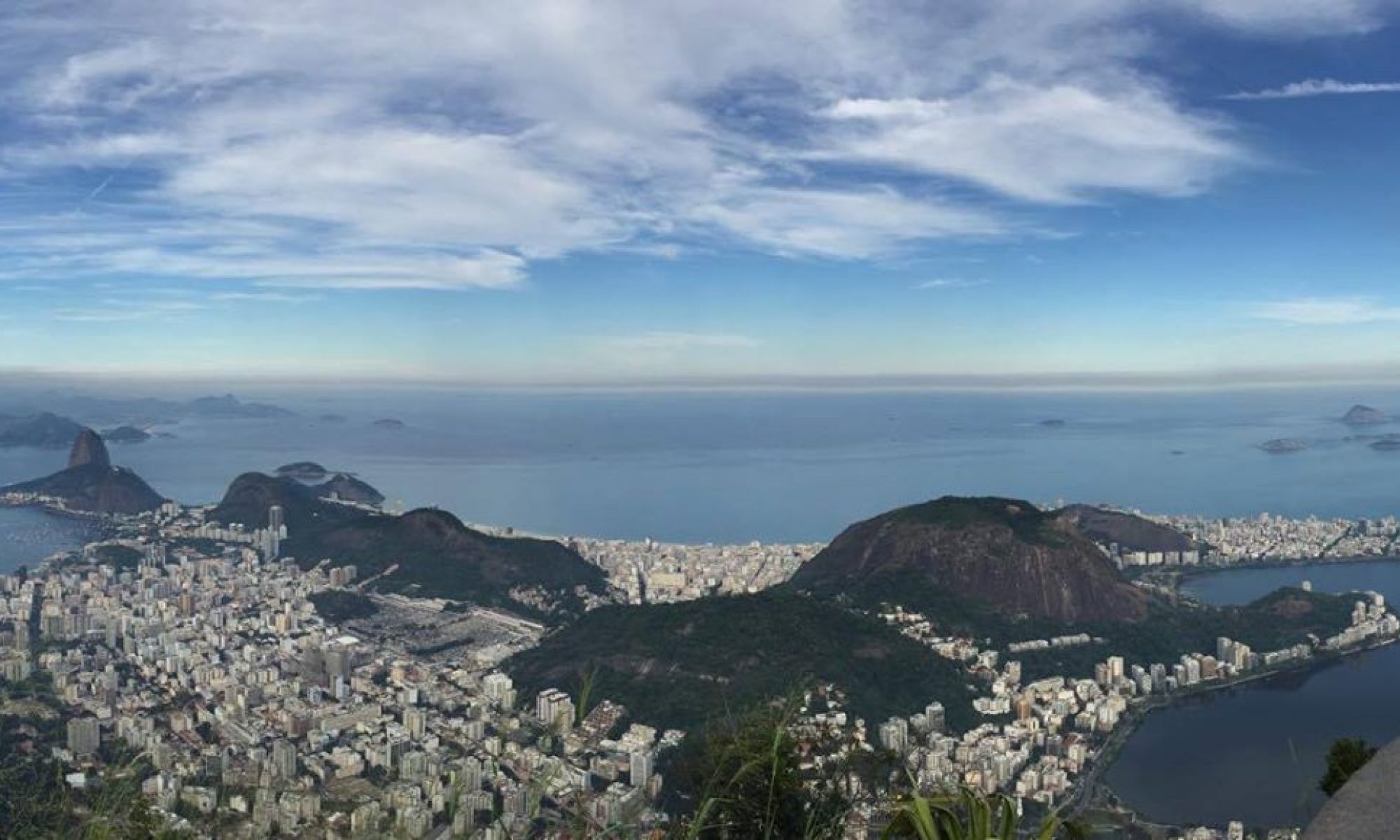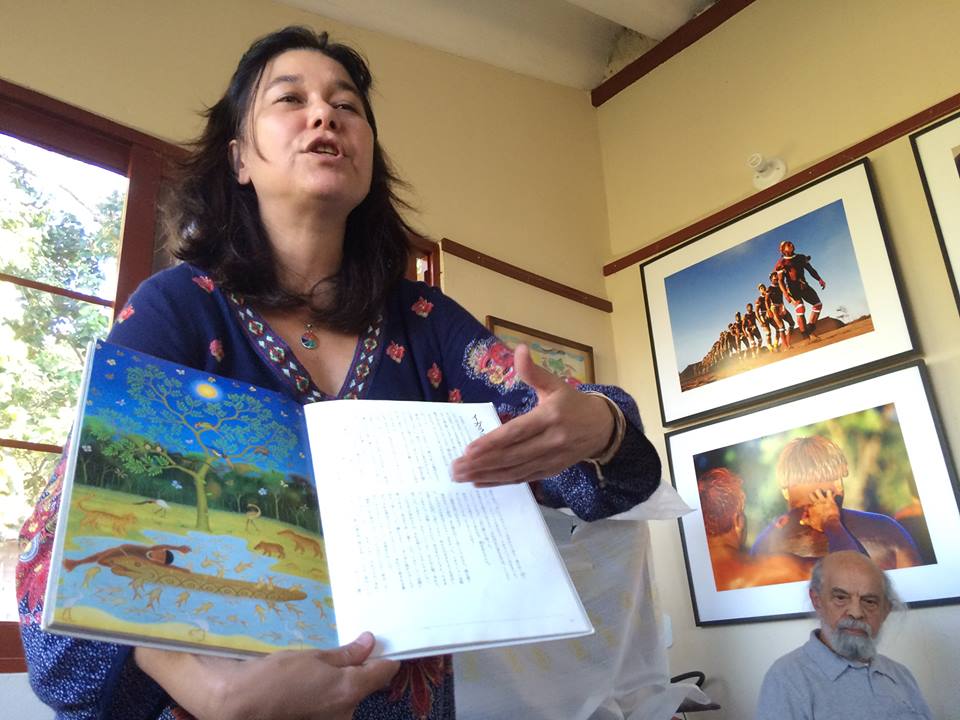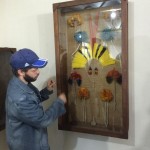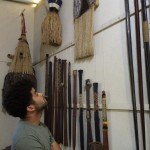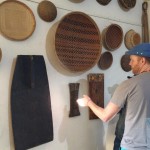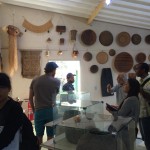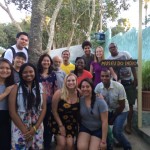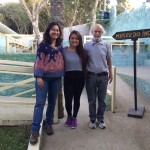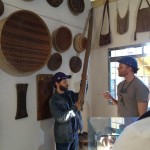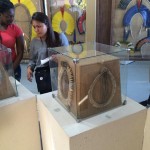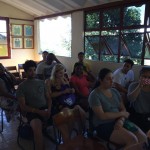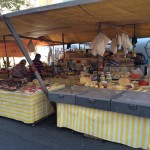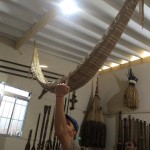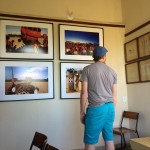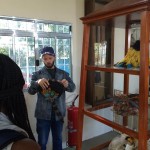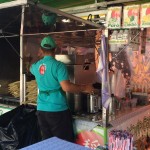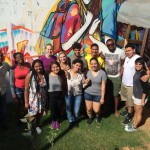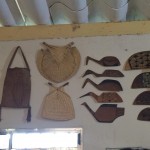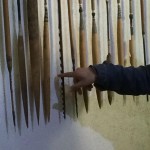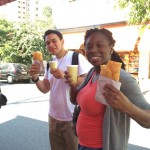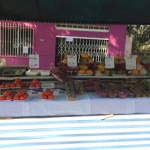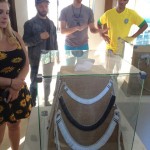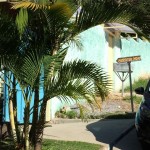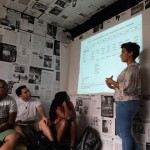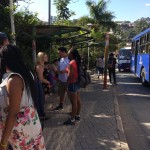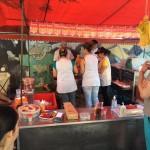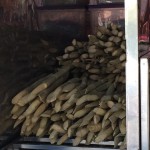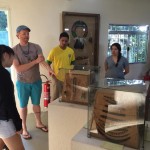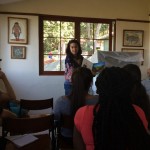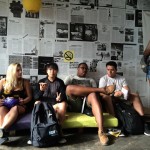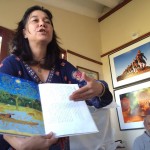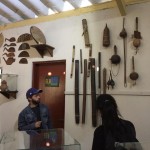June 10, 2015
By: Ravonelle Yazzie
Our first activity began at 10am with a talk by Jackeline A. F. Romio. Romio is a PhD candidate of Demography at the University of Campinas who spoke with us about data regarding demography, violence, race and gender in Brazil. Her presentation highlighted “femicide and racial relations in Brazil”. Femicide is the intentional murder of women because they are women. In fact, Brazil is the 7th country in the world that kills women with Colombia being the first, among those countries from which data is collected. Romio stated that women have been less represented in the census data of Brazil while men had more representation in questions of demography. Speaking of a lack of representation, Romio noted that Indigenous people were not counted in Brazil’s data until 1991. Romio’s studies look at the changes in population size, social mobility, immigration, mortality, and the like in Brazil. Due to the nature of her research she has had more success publishing outside of Brazil.
Our next scheduled activity was traveling over an hour to visit the São Paulo Indian Museum. Prior to our departure, we walked down a street market near the hostel which sold various vegetables, fruits, meats, and cooking utensils. It is a common occurrence to see fresh fruits and vegetables being sold and purchased in Brazil. We stopped by two booths where they sold fresh pastels and freshly squeezed juices. Pastels are a fast-food Brazilian dish consisting of rectangle-shaped pies with various fillings like pizza, chicken, shrimps, and fried bananas. We each ordered our own pastel and to complement our “snack” we had sugarcane juice to go along with it.
Once we finished, we made our way to the Metro. In the midst of transferring from the Metro to the bus, we walked along storefronts of São Paulo where we noticed red heart-shaped balloons being showcased. Brazil celebrates Valentine’s Day on June 12. Finally after two people-packed metros, one bumpy bus ride, and a steep inclined walk, we made it to the São Paulo Indian Museum. We were greeted by Kimy Otsuka Stasevskas and Walde-Mar who both warmly welcomed us into their space. Upon introductions, Stasevskas enthusiastically told us a story about the museum’s history. It started out with Walde-Mar, a painter, who has focused on Indigenous people since 1968. Over the course of time and contact, Walde-Mar was able to accumulate two floors full of Indigenous paraphernalia through the engagement of gift giving with the Indigenous people of Brazil. These gifts from various tribes now compose the Indian Museum of Embu das Artes. The first floor consisted of everyday tools and objects like woven baskets, clay pots, cooking utensils, musical instruments, boat paddles, bows and arrows, and clothing. The second floor entailed more celebratory and decorative pieces like necklaces, brushes, headdresses, and ceremonial weapons. The tour guide constantly reminded us that each piece was made decoratively with the process of spirituality and art.
Not only did Staveskas talk to us about the museum’s history but she left us to challenge the idea and theories of evolution. By the end of the discussion she said regardless of how you think life happened, it happened and that we are all human and we all come from the same root. She then talked about the Indigenous people’s values. She spoke about our very strong sense of community and our love to laugh. This idea of laughter and humor relates to Goldstein’s concept that laughter is a way to “unravel the complex ways in which people comprehend their own lives and circumstances” (2013:3). Considering the detrimental treatment the Indigenous/Native people endured, we are still able to remember and engage in these values to this day. Without notifying Skavesktas of my Native American (Dine) background, I was taken by surprise when she told me that right off the bat she knew I was Indigenous. (Anywhere off of the reservation, I am perceived as Asian). Personally, it was a moment of pride and acceptance.
